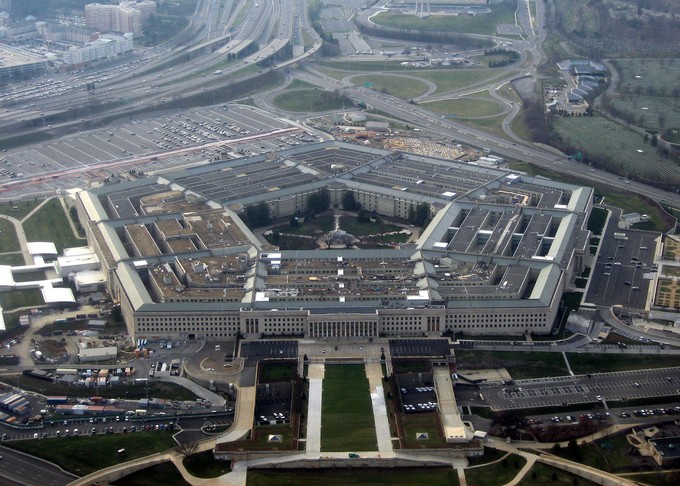Congress Passes 2015 National Defense Authorization Act
By
Jasmine Tucker
Posted:
|
Budget Process,
Military & Security

The Pentagon/Photo Courtesy of David B. Gleason
For the last 52 years, Congress has not once failed to pass the National Defense Authorization Act (or NDAA) that provides funding to the military. And in a bipartisan 89-11 vote, lawmakers opted to make it 53 when the Senate passed the House version of the bill last Friday. And like previous versions of this legislation, this bill was crafted behind closed doors so as to be subject to as little public scrutiny as possible.
The 2015 NDAA provides $521.3 billion in base military spending, which includes nearly $18 billion for nuclear weapons. In addition, it also provides $63.7 billion for the Overseas Contingency Operations, or war, budget, including $5.1 billion for U.S. operations against ISIS.
The NDAA would make some cuts to Pentagon spending, but also provides funding for things the Pentagon itself planned to cut. Among the cuts, the bill decreases military pay raises, lowers the military housing allowance, and increases co-pays for Tricare, the military’s health insurance program. But, it won’t allow the Pentagon to make any cuts in 2015 to the aging A-10 aircraft, though the Airforce itself proposed cuts to the program due to high costs, and continues to fund the F-35, the Pentagon’s very late and very expensive weapons system that can’t even fly.
For more highlights on how Congress plans to fund the Pentagon and the Overseas Contingency Operations budget, check out our "What's in a Cromnibus: Extended Version" report.